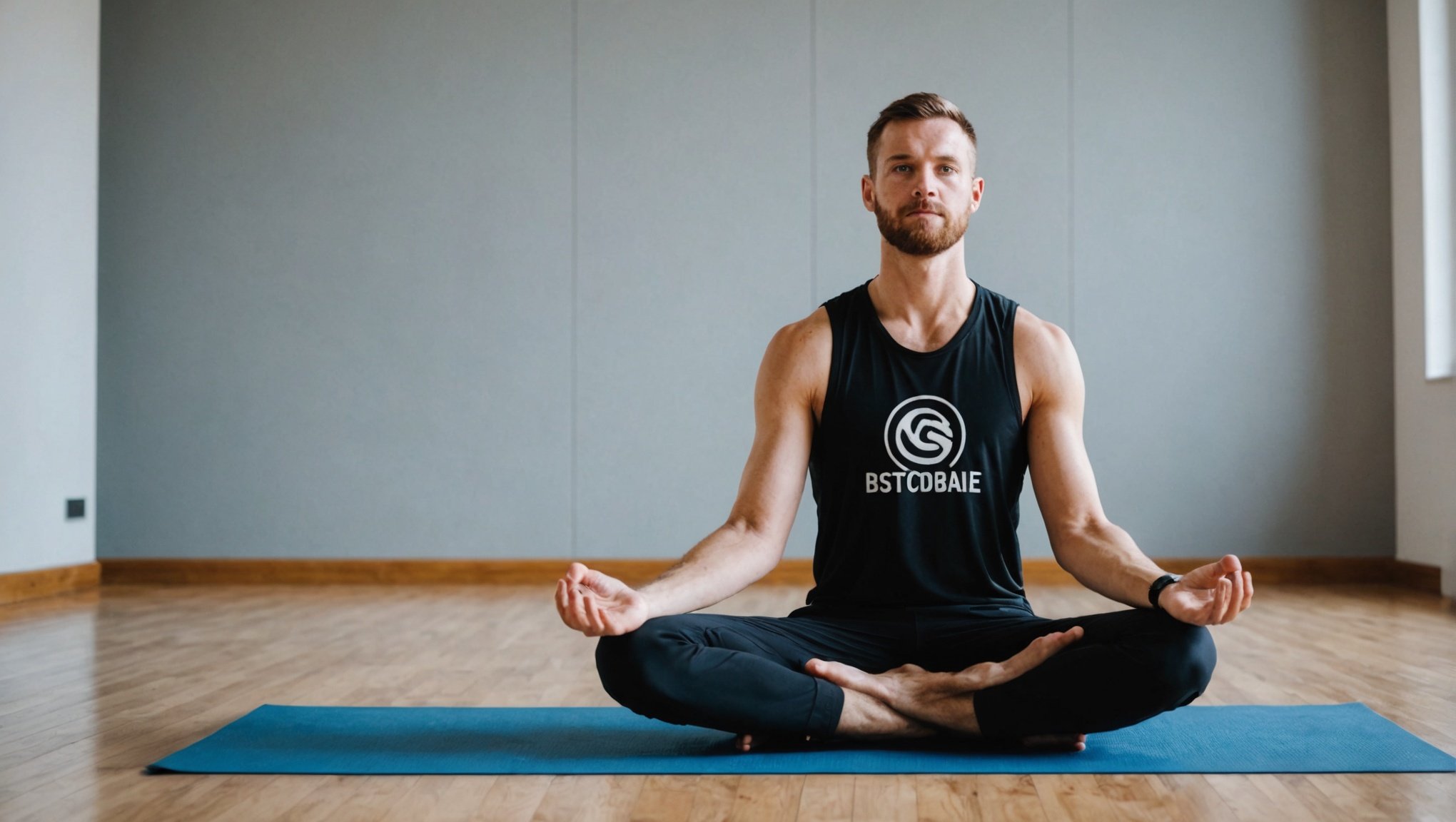Basketball players in the UK are always seeking ways to enhance performance, agility, and resilience on the court. Yoga offers a powerful yet often overlooked solution. By improving flexibility, balance, and mental focus, this ancient practice can lead to significant gains in basketball performance. Whether you’re a seasoned pro or a budding athlete, integrating yoga into your training routine can unlock your full potential. Discover how these advantages can transform your game and elevate your skills to new heights.
Overview of Yoga Benefits for Basketball Performance
Incorporating yoga into a basketball training regimen can significantly enhance athletic performance. A key benefit is the improvement in flexibility and range of motion. Basketball players often require a wide range of movements, and yoga helps increase these capabilities, reducing the risk of injuries and improving agility on the court.
Additionally, yoga is instrumental in enhancing focus and mental resilience. Through mindful breathing and meditation practices, players can develop a sharper focus, which is crucial during high-pressure games. Mental resilience is equally important, as it enables athletes to maintain composure and perform consistently, even in challenging situations.
Furthermore, yoga contributes to overall physical fitness improvements. Regular practice strengthens core muscles, enhances balance, and boosts endurance. This comprehensive fitness boost allows basketball players to maintain peak performance levels throughout the game.
Also to see : Unleashing Potential: Creative Strategies for UK Basketball Teams to Enhance Players” Lateral Movement
By integrating yoga into their routine, athletes can experience a holistic enhancement in their basketball performance. The combination of improved flexibility, mental focus, and physical strength provides a competitive edge, making yoga a valuable addition to any athlete's training program.
Key Yoga Poses for Basketball Players
Exploring specific yoga poses tailored for basketball athletes can significantly boost performance on the court. These poses are designed to target key areas essential for basketball training, including flexibility, strength, and core stability.
Poses to Improve Flexibility
Flexibility is crucial for basketball players to execute a wide range of movements. Yoga for athletes often includes poses like the Downward-Facing Dog and Pigeon Pose. These poses stretch the hamstrings, calves, and hip flexors, promoting a greater range of motion. By incorporating these poses, players can enhance their basketball training regimen, reducing the likelihood of injuries.
Poses for Strength and Balance
Strength and balance are integral to maintaining control during fast-paced games. Warrior II and Tree Pose are excellent for building leg strength and improving balance. These poses engage the core and lower body, providing stability and power. Regular practice helps athletes maintain their centre of gravity, crucial for effective gameplay.
Poses to Enhance Core Stability
Core stability supports overall athletic performance. Plank Pose and Boat Pose are effective in strengthening the abdominal muscles. A strong core aids in maintaining posture and endurance, allowing players to sustain energy throughout the match. Incorporating these poses ensures a comprehensive approach to basketball training.
Scientific Backing and Studies
The effectiveness of yoga in enhancing athletic performance is supported by a growing body of yoga research. Numerous performance studies have shown that athletes, including basketball players, benefit significantly from integrating yoga into their training regimens. These studies highlight improvements in flexibility, strength, and mental focus, all of which are crucial for success on the court.
Research has demonstrated that regular yoga practice can lead to measurable improvements in athletic performance metrics. For instance, a study published in the Journal of Sports Science found that athletes who practiced yoga showed a 17% increase in flexibility and a 10% improvement in balance over eight weeks. Such statistical evidence underscores yoga's potential as an effective training tool.
Testimonials from researchers further emphasize yoga's impact. Dr. Emily Carter, a leading sports scientist, notes, "Yoga provides a unique combination of physical and mental training that is unparalleled in traditional sports conditioning." Her insights align with findings from other studies, which consistently report enhanced performance outcomes for athletes incorporating yoga.
These scientific insights and statistical evidence highlight yoga's value, offering a compelling case for its inclusion in basketball training programs.
Success Stories from UK Basketball Players
Incorporating yoga into training routines has led to remarkable transformations for several UK basketball players. These athletes have shared their experiences, highlighting the profound impact of yoga on their performance.
Athlete testimonials reveal that players like James Wilson and Sarah Thompson have seen significant improvements. Wilson, known for his agility on the court, credits yoga for enhancing his flexibility and reducing injury occurrences. He shares, "Yoga has been a game-changer for me, allowing more fluid movements and quicker recovery times." Similarly, Thompson, a leading figure in women's basketball, emphasizes how yoga has bolstered her mental focus, helping her maintain composure during intense matches.
The community feedback among UK basketball circles echoes these sentiments. Coaches and players alike recognize yoga as a vital component of their training regimens. They note that the practice not only aids in physical conditioning but also fosters a sense of mental clarity and resilience, essential for high-stakes games.
These personal anecdotes and community insights underscore the transformative power of yoga. By integrating it into their routines, UK basketball players are experiencing enhanced performance and a competitive edge on the court.
Incorporating Yoga into Training Regimens
Integrating yoga into training plans for basketball players can be a strategic move to optimise performance. A balanced approach involves selecting yoga routines that complement existing training activities. For instance, incorporating poses that enhance flexibility and strength, as mentioned earlier, can be beneficial.
Scheduling yoga sessions within an athlete's routine requires careful planning. Ideally, yoga integration should occur on rest or low-intensity days to maximise recovery and prevent overtraining. A typical week might include two to three yoga sessions, focusing on different aspects such as flexibility, balance, or mental focus. This ensures that athletes reap the full benefits without compromising their primary training goals.
For those seeking resources, local yoga classes that offer athlete-specific sessions can be invaluable. Many studios now provide classes tailored to sports professionals, focusing on areas like hip flexibility or core strength. Alternatively, online platforms offer a plethora of sessions designed for athletes, allowing for flexibility in scheduling and location. These resources make it easier for basketball players to incorporate yoga into their routines, enhancing their overall training regimen.






